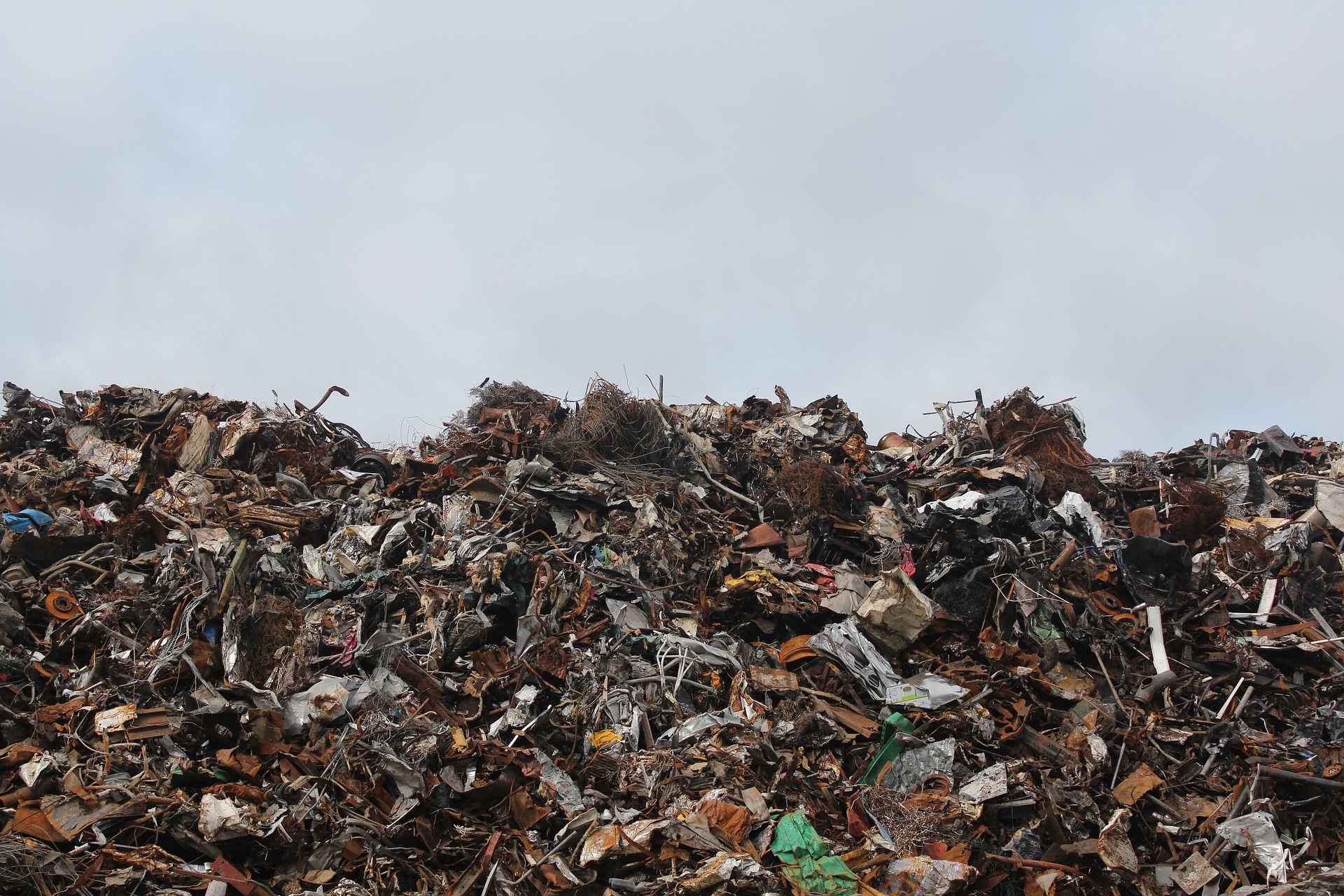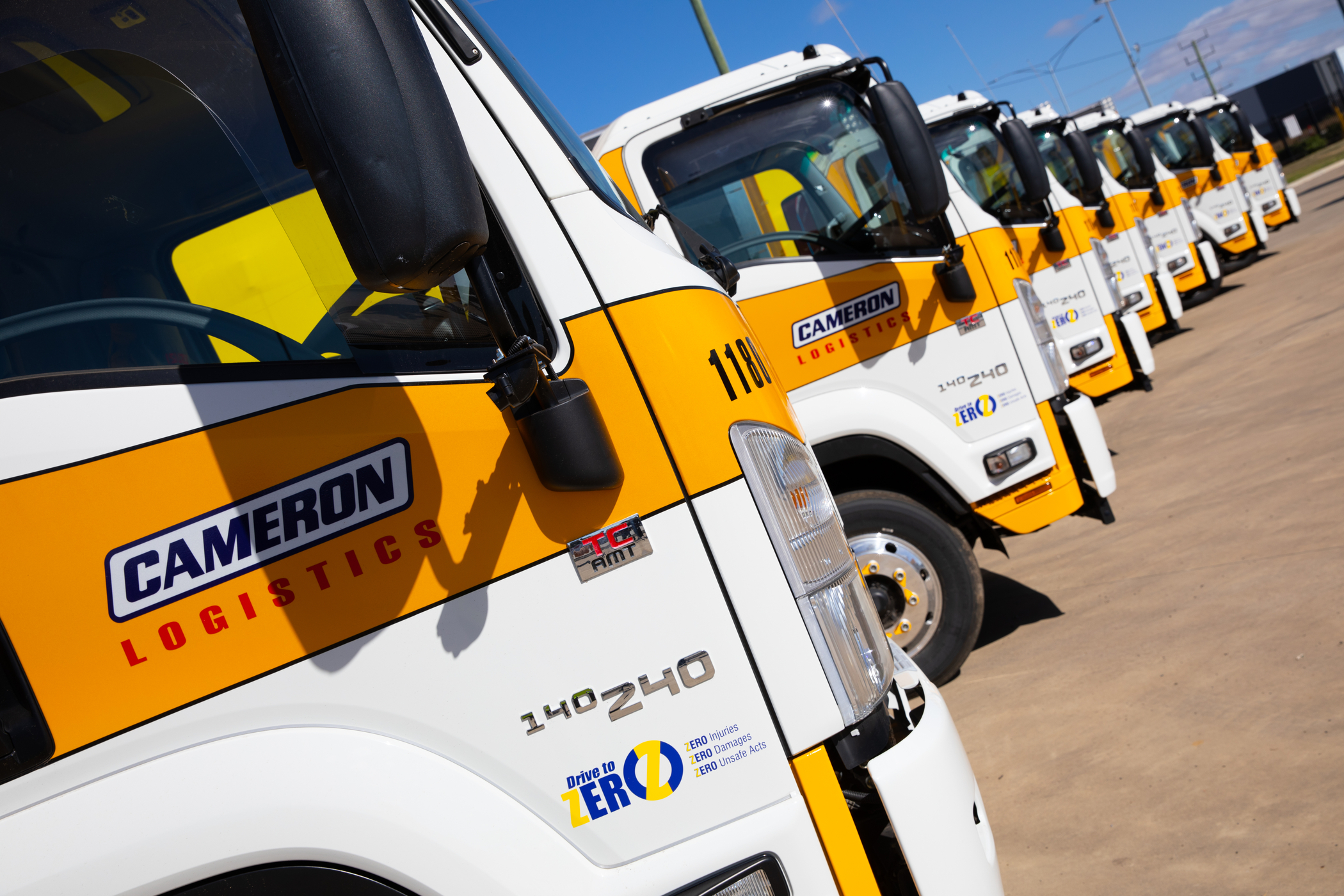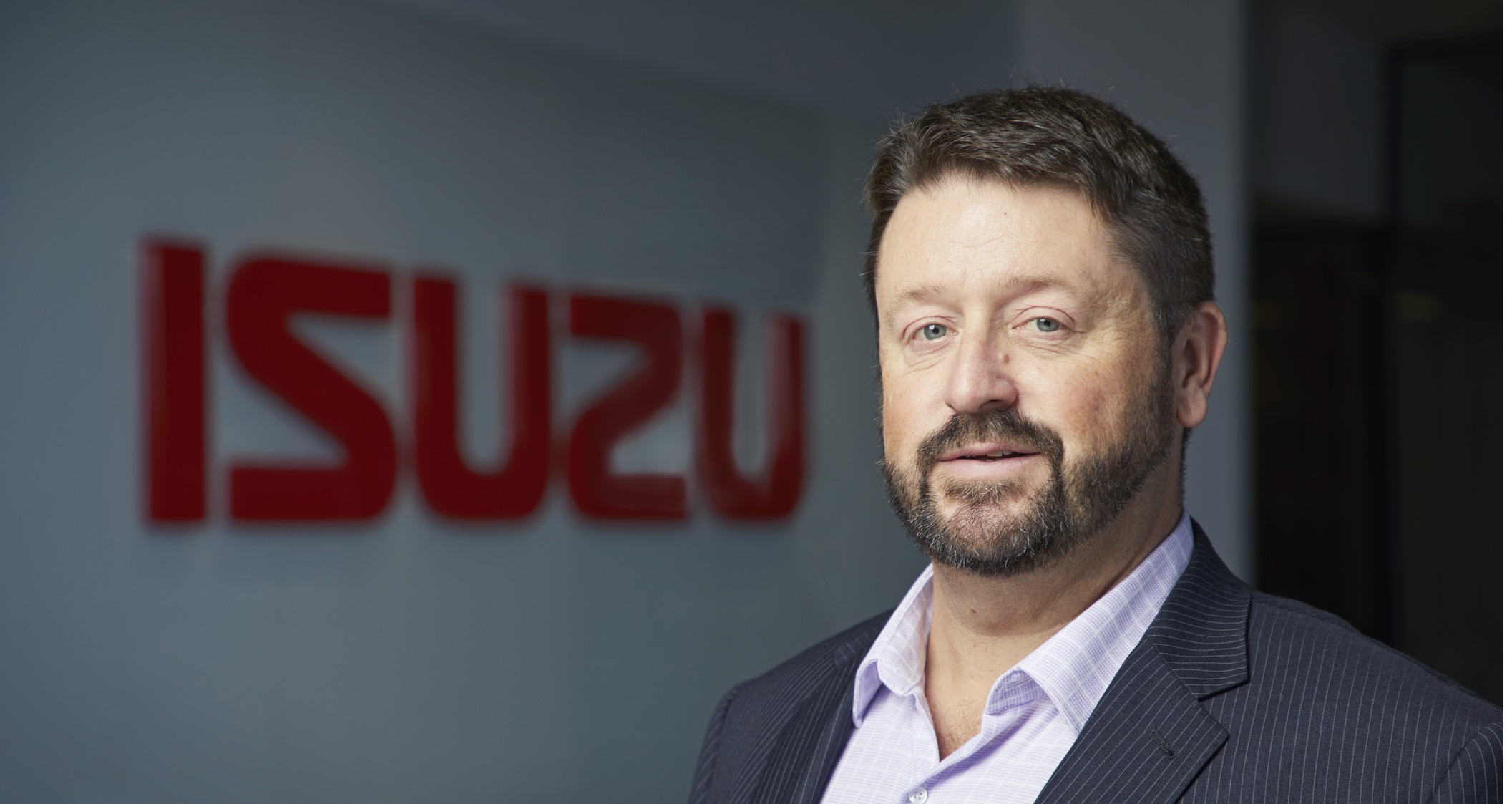Snapshot Of The Australian Waste Industry

Brought on by China’s National Sword policy, China has implemented their refusal to process nearly all of the world’s recycling. Though necessary for China, Australia is left with a huge pile of recyclable waste and nowhere to put it— which means that the domestic waste Australia has to process is increased exponentially
Now let’s crunch the Australian waste numbers… Australia’s National Waste Report 2018 reports that Aussies generate 67 million tonnes (Mt) of waste each year and, of that, 37 Mt made its way into our yellow bins. Here’s a quick breakdown of Australia’s waste generation for 2018:- 1 Mt of masonry materials
- 2 Mt of organics
- 3 Mt of ash
- 3 Mt of hazardous waste
- 6 Mt of paper and cardboard
- 5 Mt of metal
 So what happens now?
Some states are working around the current waste issue.
Western Australia used to almost exclusively send their recyclables to Southeast Asia, but is now in the middle of processing everything locally.
South Australia now reprocesses 87 per cent of their materials locally, exporting 8 per cent interstate and the remaining 5 per cent internationally.
But for the other states, recyclable waste is being stockpiled until a solution comes along. And while some recyclable waste is being recycled, unfortunately some councils have been forced to send their recycling stockpiles to landfills.
Some experts, however, see a silver lining—this crisis could prompt waste and recycling innovations across the globe.
One discussed solution to the waste problem is incineration, or known through the waste industry as “waste-to-energy” (WTE).
Sweden has claimed that the WTE approach has been so successful that the country has begun to import rubbish from other countries. Through WTE, metals to be reused are separated, then the remaining waste is burned. The smoke from the burn-off is filtered through water and dry filters, and the sludge made from the smoke is repurposed to refill abandoned mines. Anything that doesn’t burn is then used to build roads.
Australia is on its way to adopting this, with WTE plans in development for some states.
What about landfill?
Landfill, an often taboo word, plays an important and necessary role in Australia’s waste management landscape. The Environmental Protection Authority describes landfill’s purpose as being “required to manage those wastes that cannot be practically removed from the waste stream”.
Landfills can also act as a recycling facility—in a form. Some of the gas given off by waste breaking down is piped out to facilities where it is used to generate electricity.
Waste equipment: doing the (dirty) work
But whatever waste we generate—be it solid or liquid, landfill-bound or recyclable—and in whatever amounts, the equipment holding up the massive industry remains a core and as yet unchanging part of our landscape. The industry is filled with machinery and equipment that is always evolving to meet the growing demands of our country’s waste management needs.
So what happens now?
Some states are working around the current waste issue.
Western Australia used to almost exclusively send their recyclables to Southeast Asia, but is now in the middle of processing everything locally.
South Australia now reprocesses 87 per cent of their materials locally, exporting 8 per cent interstate and the remaining 5 per cent internationally.
But for the other states, recyclable waste is being stockpiled until a solution comes along. And while some recyclable waste is being recycled, unfortunately some councils have been forced to send their recycling stockpiles to landfills.
Some experts, however, see a silver lining—this crisis could prompt waste and recycling innovations across the globe.
One discussed solution to the waste problem is incineration, or known through the waste industry as “waste-to-energy” (WTE).
Sweden has claimed that the WTE approach has been so successful that the country has begun to import rubbish from other countries. Through WTE, metals to be reused are separated, then the remaining waste is burned. The smoke from the burn-off is filtered through water and dry filters, and the sludge made from the smoke is repurposed to refill abandoned mines. Anything that doesn’t burn is then used to build roads.
Australia is on its way to adopting this, with WTE plans in development for some states.
What about landfill?
Landfill, an often taboo word, plays an important and necessary role in Australia’s waste management landscape. The Environmental Protection Authority describes landfill’s purpose as being “required to manage those wastes that cannot be practically removed from the waste stream”.
Landfills can also act as a recycling facility—in a form. Some of the gas given off by waste breaking down is piped out to facilities where it is used to generate electricity.
Waste equipment: doing the (dirty) work
But whatever waste we generate—be it solid or liquid, landfill-bound or recyclable—and in whatever amounts, the equipment holding up the massive industry remains a core and as yet unchanging part of our landscape. The industry is filled with machinery and equipment that is always evolving to meet the growing demands of our country’s waste management needs.
 Trucks
The different types of trucks serving the waste industry are fascinating to say the least. Here are some of the trucks we encounter in our daily lives:
Trucks
The different types of trucks serving the waste industry are fascinating to say the least. Here are some of the trucks we encounter in our daily lives:
- Front loaders—the trucks with forks in front of the cab used to empty bins into the truck body
- Rear loaders—collects garbage at the rear with a bin lift function, which needs someone to manage the waste being collected
- Side loaders—most commonly seen in residential areas, the side loader picks bins up parallel to the truck and empties them into the container
- Skip bulks—the trucks with hydraulic arms collecting skip bins
- Hook lifts—these trucks collect hook bins, which are lifted onto the chassis with a hydraulic hook



Playtime’s over, get $3,500* to spend on extras.
If you’re ready to get serious about tackling bigger jobs, grab yourself an NLR 45-150 AMT SWB Traypack from the Ready-to-Work range for $62,990 drive away*. And to prove we aren’t playing, buy any NLR Traypack before June 30 and you’ll get $3,500* to spend on genuine accessories or an Essentials service agreement.
Learn more



